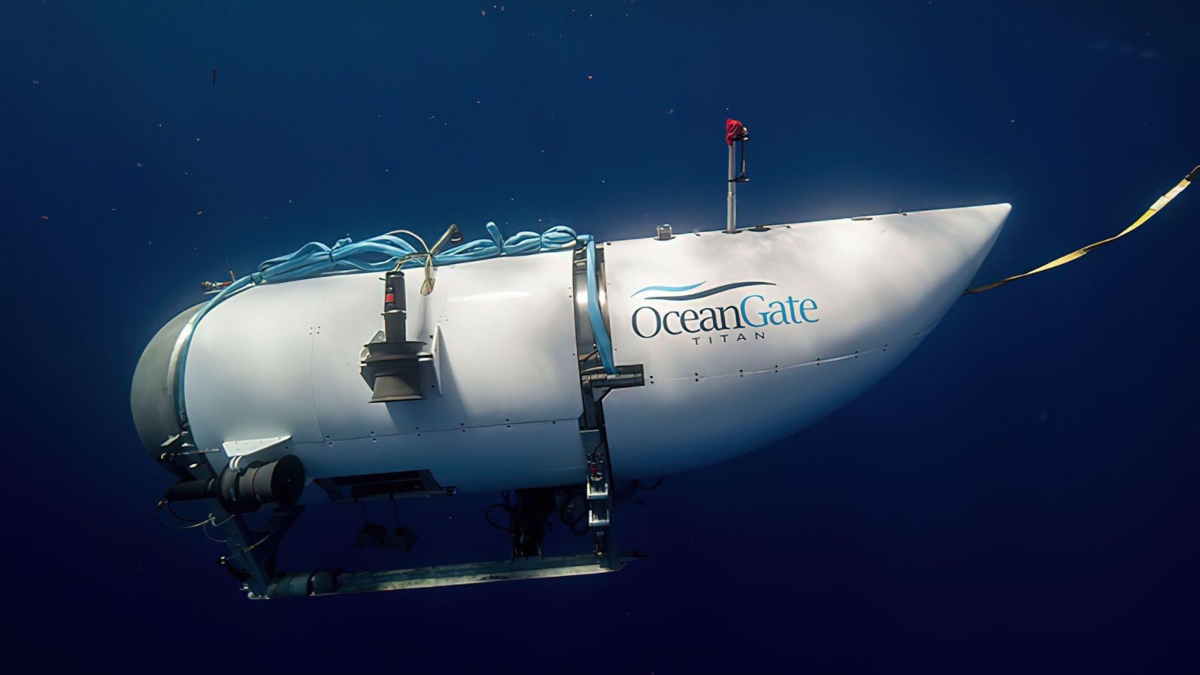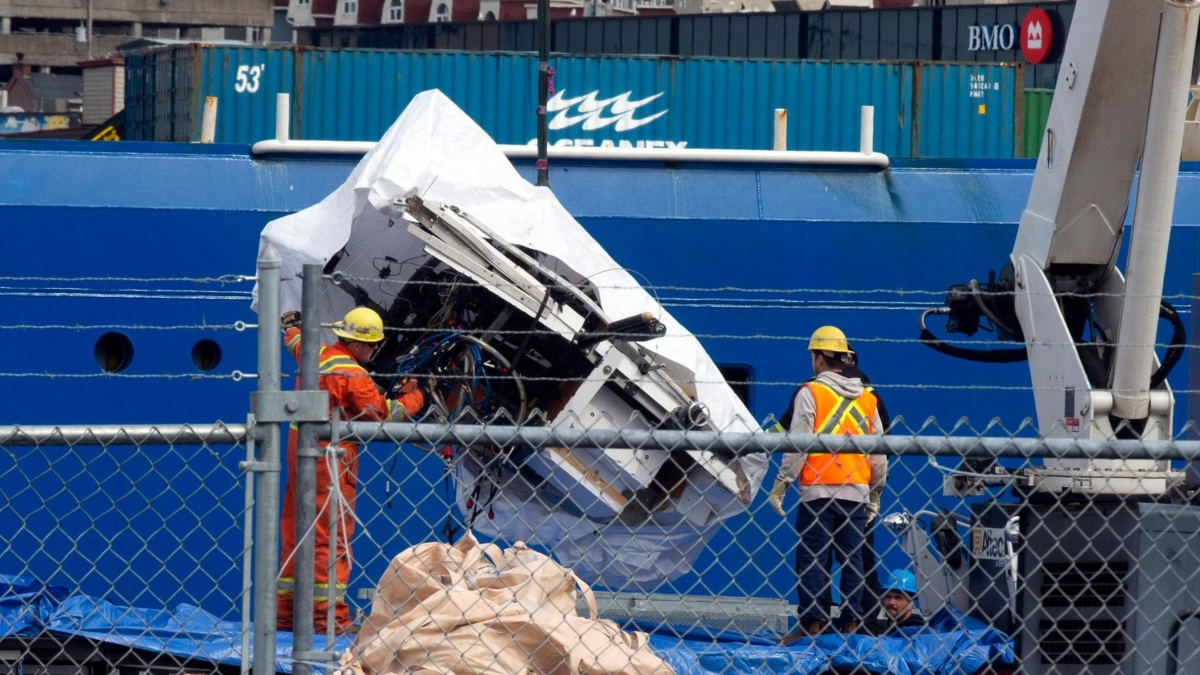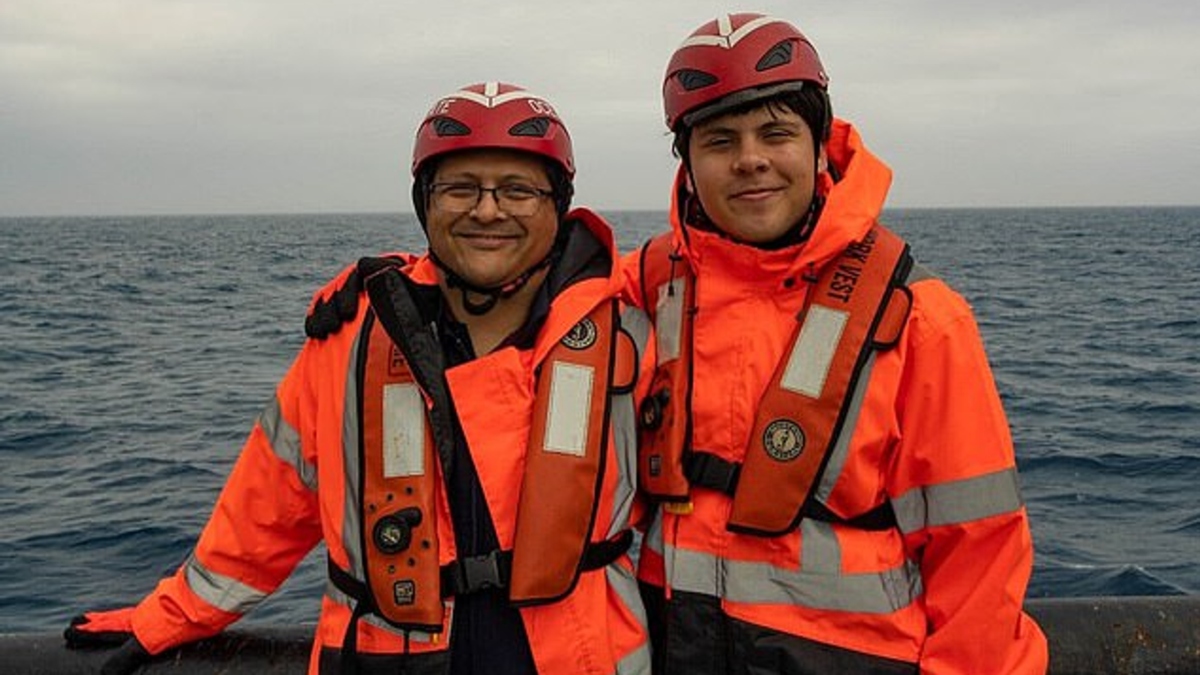Listening To Music In The Dark: Here Is What Happened On The Titan Submersible Moments Before Its Implosion
New details have emerged on what happened moments before the implosion of the ill-fated Titan Submersible, which claimed five lives.
On 18 June 2023, five people boarded the Titan Submersible, a state-of-the-art vessel designed to explore the Titanic shipwreck. Still, it turned out to be their last voyage, as the submersible suffered a catastrophic implosion less than two hours into the dive, killing all on board.
The victims were OceanGate Expeditions CEO Stockton Rush, father and son Shahzada and Suleman Dawood, British billionaire Hamish Harding, and French sub-pilot Paul-Henri Nargeolet. They were among the first civilians to attempt to visit the Titanic wreck, which lies at a depth of about 3,800 meters in the North Atlantic.
What Happened On The Titan Submersible Moments Before The Implosion
According to a report by the New York Times, the passengers had prepared for the expected 12-hour trip by attending safety meetings and presentations on board the submersible’s mothership, the Polar Prince, a former Canadian Coast Guard icebreaker.

They were told to eat a “low-residue diet” the day before the dive and not to drink coffee that morning. They were also asked to load their favourite songs on their phone to play on a Bluetooth speaker, but Rush insisted no country music be included.
The passengers wore OceanGate flight suits, waterproof trousers, an orange waterproof jacket, steel-toed boots, life vests and helmets. They also brought thick socks and a hat, as it would get colder the deeper the submersible went. They boarded the Titan at 8:13 a.m. local time and were lowered into the water by a crane.
The Descent To Doom
The dive was supposed to be a smooth and gradual descent, with the submersible’s floodlights turned off until it reached the seabed to save battery. The passengers would have only seen bioluminescent sea creatures through the 21-inch porthole on the way down.
They were in constant communication with the surface via an underwater telephone. At 9:51 a.m., Rush reported that they had reached a depth of 3,000 metres and that everything was going well.
He said they expected to reach the Titanic wreck in about 20 minutes. That was the last message they ever sent.
At 10:06 a.m., the surface crew heard a loud noise over the telephone line, followed by silence. They tried to contact the submersible but got no response. They realized something had gone terribly wrong.
A rescue mission was launched immediately, involving at least four countries: Canada, France, Norway and the United States. A remotely operated vehicle (ROV) was sent down to search for the Titan and its passengers. It took several days to locate and recover some of the debris from the ocean floor.

The investigation revealed that the submersible had imploded under enormous pressure, likely caused by a structural failure or a leak.
The implosion would have been swift and violent, crushing the vessel and its occupants in milliseconds. The debris was scattered over about 500 meters near the Titanic wreck.
The Titan submersible was one of only three vessels in the world capable of reaching such depths. It was built by OceanGate, a company founded by Rush in 2009 with the vision of making deep-sea exploration accessible to more people.
OceanGate Expeditions planned to conduct six expeditions to the Titanic wreck this year, each trip costing R4.67 million (US$250,000) per person.
